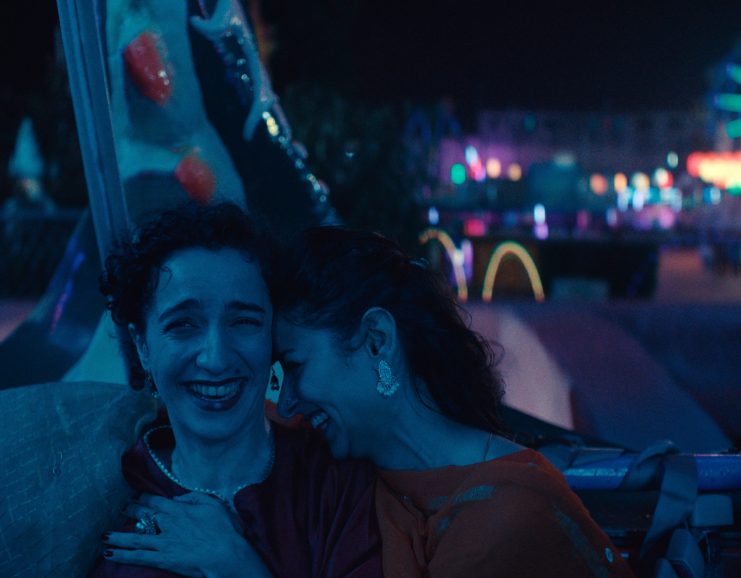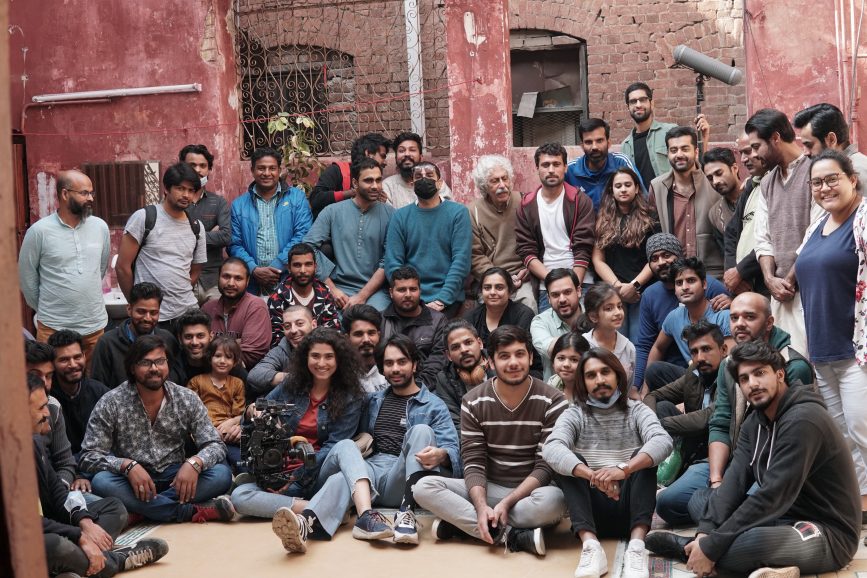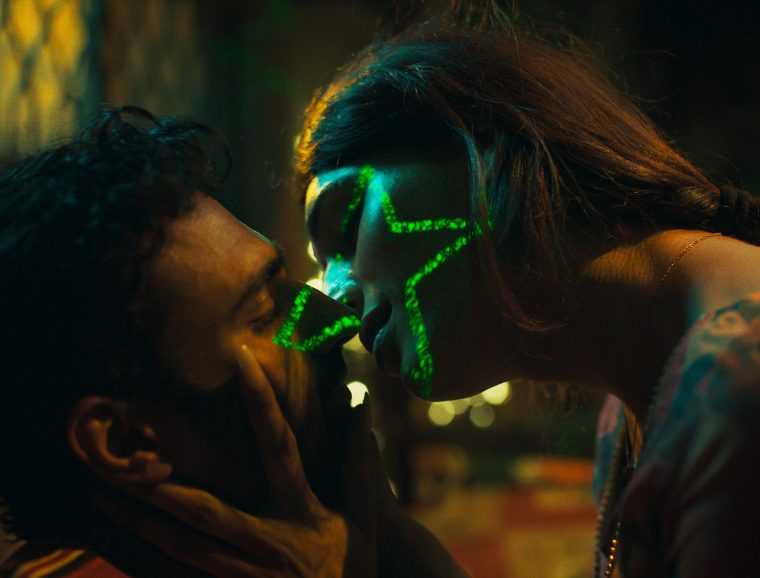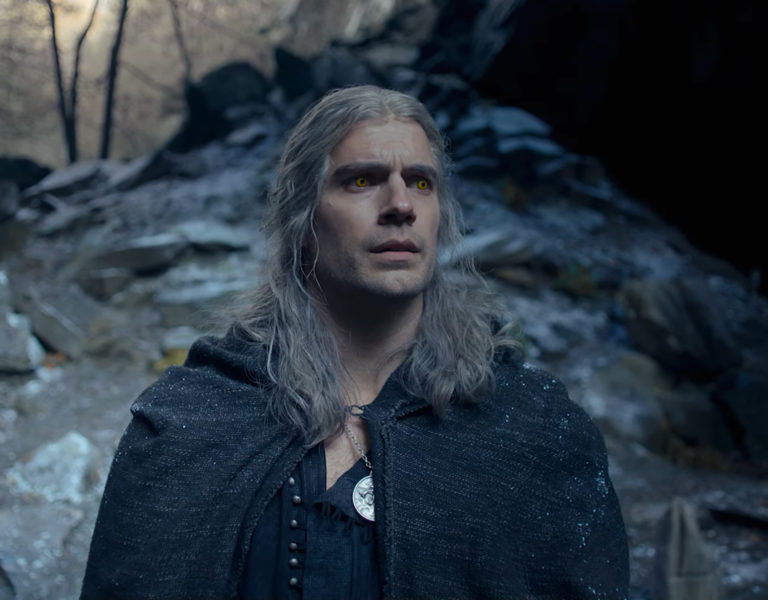Joe Saade lenses a tender portrayal of suffocating patriarchy and LGBT struggles in a tradition-laden family in Joyland – the first Pakistani film to show at Cannes and make it onto the Oscars shortlist.
In a plot twist worthy of its own film, Cannes standout Joyland became Pakistan’s official Oscar entry in November 2022 before being banned by the country’s authorities for being “un-Islamic” and “containing objectionable material”. Ironically, the veto has since been lifted everywhere but director Saim Sadiq’s home state of Punjab – also Joyland’s setting.

The drama, described by Sadiq as “a heartbroken love letter to my homeland”, offers an intimate lens on a traditional Lahore family who crave a son to continue their line. Meanwhile, married man Haider (Ali Junejo) takes on a job as a background dancer at an erotic nightclub, where he becomes entranced by transgender star, Biba (Alina Khan).
Lebanese DP Joe Saade joined Joyland after connecting to Sadiq through one of his frequent collaborators, director Mounia Akl. Sadiq had seen one of the pair’s shorts, Submarine, and knew he wanted Saade on his next feature. “We had a video call and realised we almost have the same sense of humour,” remembers Saade. “That was important for me because communication, especially with a director, is the basis for everything. We just clicked.”
Over three months of prep – a process Saade loves – the director sent him moodboards which featured paintings by the American-born Pakistani artist Salman Toor. Toor is noted for his powerful, emerald-hued depictions of the imaginary lives and loves of young queer men of colour. “You just had to look at these paintings and they explained everything,” the DP says.

When they began prep, Saade recalls Sadiq asking him whether he liked the Academy Ratio, as the director had used it on all his previous films, and it had almost become a trademark. Although Saade did like it, he also played with other aspect ratios in testing. “I think that when you want to focus on the face of a character it is the perfect ratio, without having a lot of left and right, and negative spaces,” he explains. “To get a perfect close-up, this is the best ratio for that.
“We also had to take into consideration the house we shot in and the look and feel. It’s a squarish house so I did some tests using both ratios, to see how we’d like to shoot each character.”
Joyland was shot on the ARRI Alexa Mini paired with ZEISS Super Speeds – mostly between 25mm and 50mm – and occasionally the Angénieux HR. Saade also used an 18mm lens during a dinner scene to up the tension and give the viewer a new perspective on the film.

Principal photography took place in autumn 2021. At that point Costa Brava, Lebanon, Saade’s second feature, was showing at Venice, and the DP remembers the culture shock of leaving Italy for Pakistan’s buzzing second-largest city, Lahore.
The location used for Haider’s home was a traditional Punjab home, cleverly designed around a square central courtyard with six-metre-high walls to help avoid direct sunlight and additional heat, even in the height of summer. Saade and his crew were faced with a sun-enforced time limit for shooting, whereby the sun entered the courtyard for just a couple of hours. “We had to choose a few scenes where we needed the actual sun because it’s a very low-budget film, so we didn’t have access to cranes,” he says. “Even if I wanted to, you couldn’t because we were shooting on location. If you see the space around us, we had about a million people in the middle of the city and it’s so crowded and noisy. I don’t know how they did the sound!”

When lighting the house, Saade opted for Aputure 600Ds, and used tungsten lights for the night scenes. He also found plenty of uses for the Lightbridge Cine Reflector kit: “Especially for small spaces, if you want to have a perfect light-fall-off, this is the tool to go for.”
Coming from a documentary background, he admits he’s not a fan of adding lights and prefers to reflect it instead. “I have a problem with adding lights if I’m not shooting in a studio because adding lights in the ceiling doesn’t look real to me,” he says.
In the courtroom scene, he uses the characters to hide five reflectors. “That’s why I love these toys,” he says, “You can use the small 25×25 ones somewhere and you don’t have to add light – you can just throw it to the degree you want, then you have the perfect light. It gives me the best eye light as well.”

A more unorthodox lighting technique came when Haider and Biba connect for the first time. When initially conceiving how to light Biba’s world, Saade told the director that the film that came to his mind was Wong Kar Wai’s Happy Together. The director may have laughed, “but we were talking about theatre lighting, where you light more harshly, and we wanted colours too.”
Saade remembers Sadiq bringing a laser beam that projected peace signs around a room. “He said, ‘I’m not sure you’re going to like this, but I found a gadget that I’m in love with,” says the cinematographer. Fortuitously, the practical light adds a unique look to one of the most poignant scenes in the film. “It was perfect timing – these are the happy accidents that I like,” he smiles.
Joyland will be released in UK cinemas on 24 February. Watch the trailer below…


















